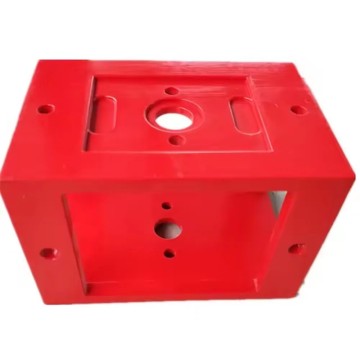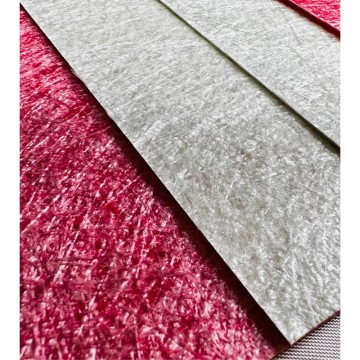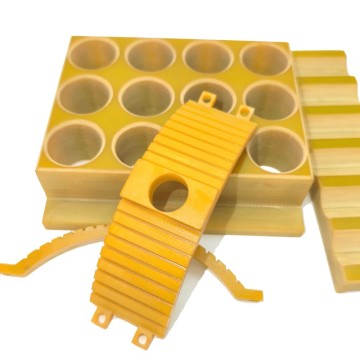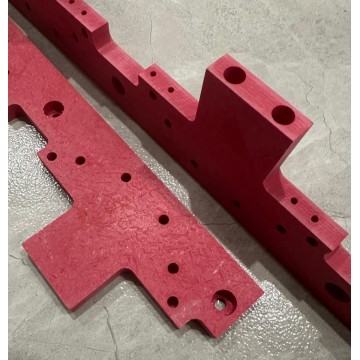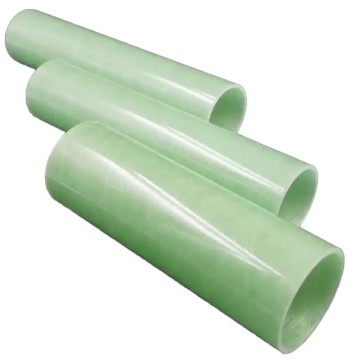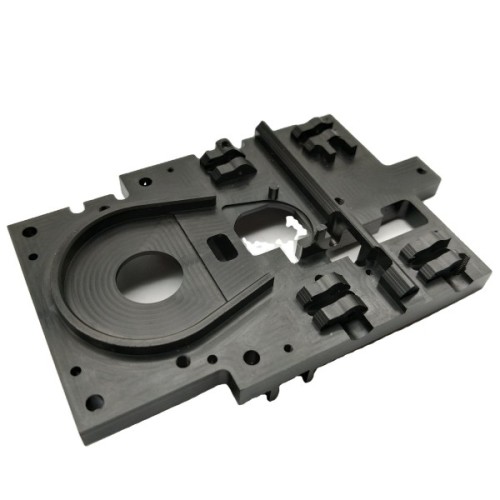
POM CNC processing part
- Min. Order:
- 1 Piece/Pieces
- Min. Order:
- 1 Piece/Pieces
- Transportation:
- Ocean, Land, Air, Express
- Port:
- Shenzhen, Guangzhou, Hongkong
Quantity:
Your message must be between 20 to 2000 characters
Contact NowBasic Info
Basic Info
| Supply Ability: | 100 |
|---|---|
| Payment Type: | Paypal |
| Incoterm: | FOB,CFR,CIF,EXW,DDP,DDU |
| Transportation: | Ocean,Land,Air,Express |
| Port: | Shenzhen,Guangzhou,Hongkong |
Product Description
Product Description
Polyoxymethylene homopolymer (POM) is an impact and abrasion resistant semi-crystalline thermoplastic used in a wide variety of machining applications. It is favored by machinists for its excellent material properties and high processability.
Although inherently opaque, POM is available in a variety of colors. It has a density of 1.410-1.420 g/cm3, a crystallinity of 75-85%, and a melting point of 175°C. It is also available in a variety of colors.
POM is well suited for machining, such as milling and lathing. It can also be laser cut and its pellets can be used for injection molding and plastic extrusion.
Today, we will focus on the characteristics of this material and the advantages of CNC machining this material.
Electrical Characteristics
POM has excellent thermal insulation properties, which, combined with its excellent mechanical strength, makes POM an excellent material for electronic components.
POM can also withstand a great deal of electrical stress, making it suitable for use as a high-voltage insulator. Its low moisture absorption also makes it an excellent material for keeping electronic components dry.
Mechanical Strength
POM has a tensile strength of 7,000-9,000 PSI, is also very hard and tough, and is less dense than metal. This makes it suitable for lightweight parts that need to withstand high pressures.
Fatigue Resistance
POM is a very durable material with excellent resistance to fatigue failure in the -40° to 80°C temperature range. In addition, its fatigue resistance is less affected by moisture, chemicals or solvents. This property makes it an ideal material for parts that need to withstand repeated impacts and stresses.
Impact resistance
POM can withstand instantaneous impacts without failure, mainly due to its very high toughness, and specially treated POM can provide even greater impact resistance.
Good dimensional stability
Dimensional stability measures the ability of a material to maintain its normal dimensions after exposure to pressure, temperature and other conditions during processing.POM does not deform during processing and is well suited for machining, allowing precise tolerances to be achieved.
Friction Properties
Moving mechanical parts are often lubricated to minimize the friction that occurs when they rub against each other.POM machined parts are inherently slippery and do not require lubrication. This feature can be used as part of machinery where an external lubricator could contaminate the product, such as food processing machines.
Robustness
POM's high tensile strength and durability make it a suitable material for highly stressed applications.POM is so strong that it is often used as an alternative to steel and aluminum alloys.
Moisture Resistant
POM absorbs very little moisture, even in the wettest conditions. This means it maintains its structural integrity even in underwater applications.
Creep Resistance
POM is a very tough material that can withstand a great deal of stress without failing. This outstanding durability makes it the material of choice for parts in many industries.
Electrical Insulation
POM is an excellent insulator. Due to this property, it is used in many electronic products.
Disadvantages of POM
Low adhesion
Due to its chemical resistance, POM does not react well to adhesives, making it difficult to bond.
Flammable
POM is not self-extinguishing and will burn until no more oxygen is available. Extinguishing a POM fire requires a Class A fire extinguisher.
Heat Sensitive:
Processing POM at high temperatures can cause distortion.
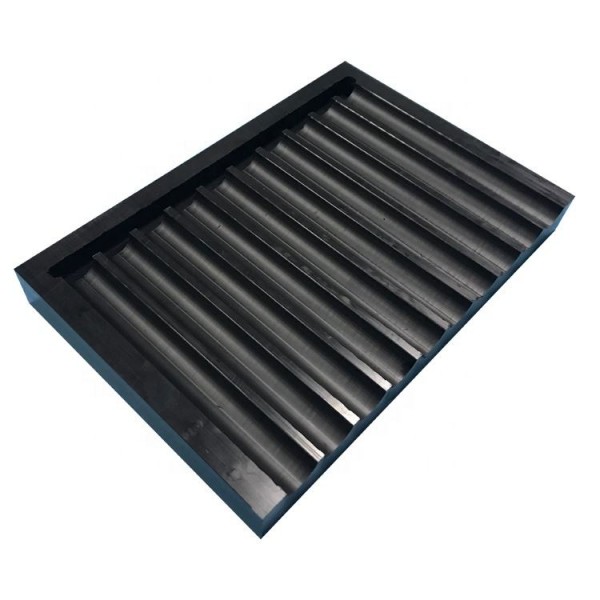
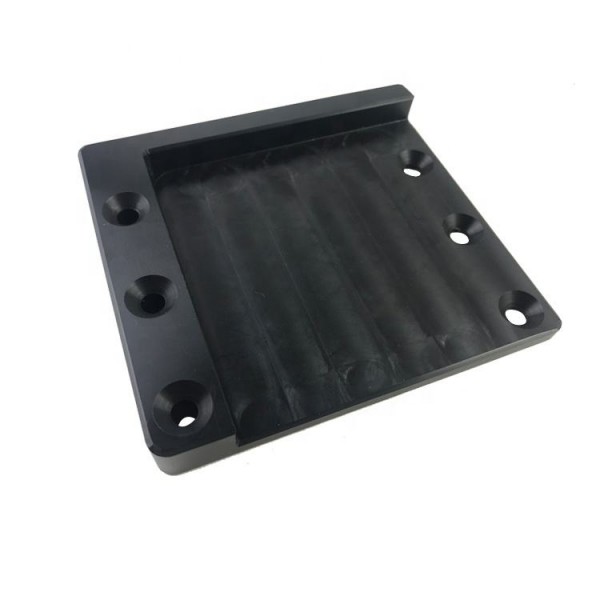
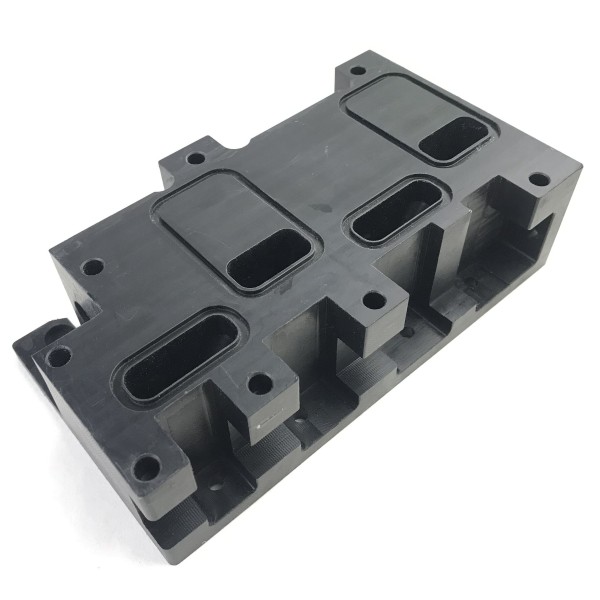
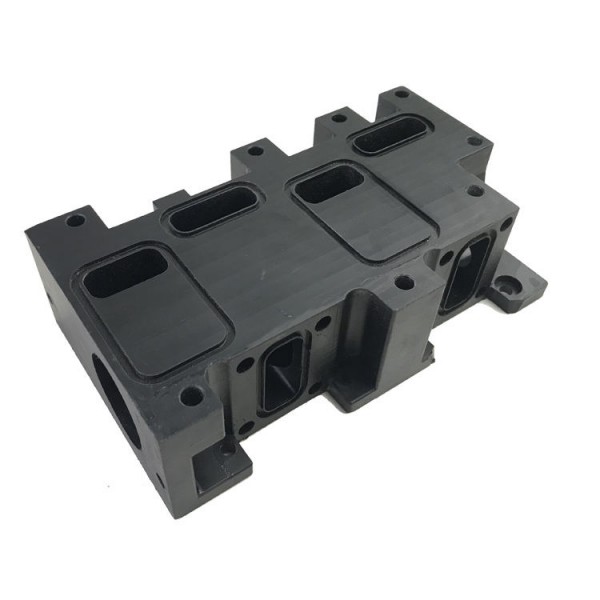
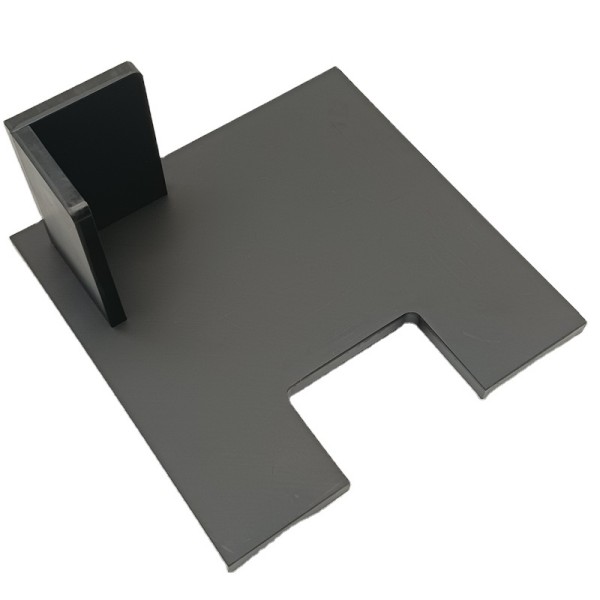

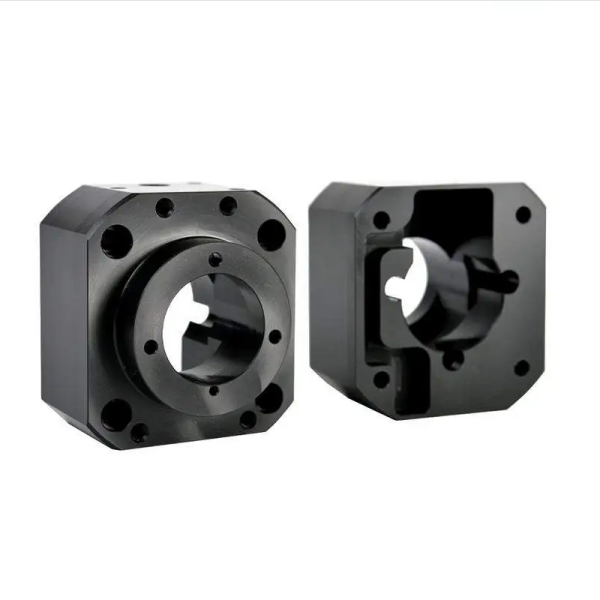
DuPont POM (polyoxymethylene) offers significant advantages in machining, largely due to its unique physical and chemical properties. The following is a detailed description of the advantages of DuPont POM in machining:
First of all, DuPont POM has high hardness and rigidity, which makes it in the machining process can withstand greater cutting force and impact, not easy to deformation or damage. This characteristic makes POM an ideal material for manufacturing precision mechanical parts and structural components, such as gears, bearings, cams and so on.
Secondly, DuPont POM has excellent wear resistance. Friction and wear between parts are inevitable in the machining process. However, POM has a low coefficient of friction and excellent wear resistance, so it is able to maintain a good surface finish and dimensional accuracy over a long period of time, extending the service life of the parts.
In addition, DuPont POM has good processing performance. It can be processed through injection molding, extrusion and other molding processes, and product size stability, high precision. This makes POM in the machining process can easily achieve complex shapes and structures to meet a variety of individual needs.
Furthermore, the thermal stability of DuPont POM is also worth mentioning. It is able to maintain stable physical and chemical properties at higher temperatures and is not easily deformed or decomposed. This characteristic enables POM to withstand higher temperatures during machining, and it is suitable for processing and manufacturing in various high-temperature environments.
Related Keywords
Related Keywords










